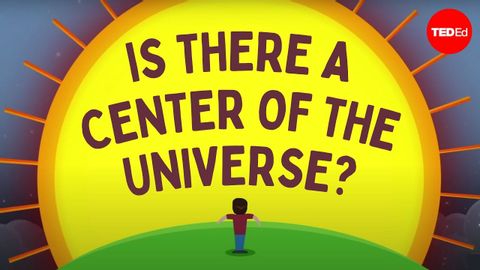
字幕與單字
TED-Ed】宇宙有中心嗎?- Marjee Chmiel和Trevor Owens (【TED-Ed】Is there a center of the universe? - Marjee Chmiel and Trevor Owens)
00
阿多賓 發佈於 2021 年 01 月 14 日收藏
影片單字
shift
US /ʃɪft/
・
UK /ʃɪft/
- v.t./i.變化,改變;轉移,移動;輪班
- n. (c./u.)轉移;輪班職工;班;輪班;輪班;連衣裙;地殼變動;換檔鍵;換檔
- adj.輪班的
A2 初級中級英檢
更多 使用能量
解鎖所有單字
解鎖發音、解釋及篩選功能
